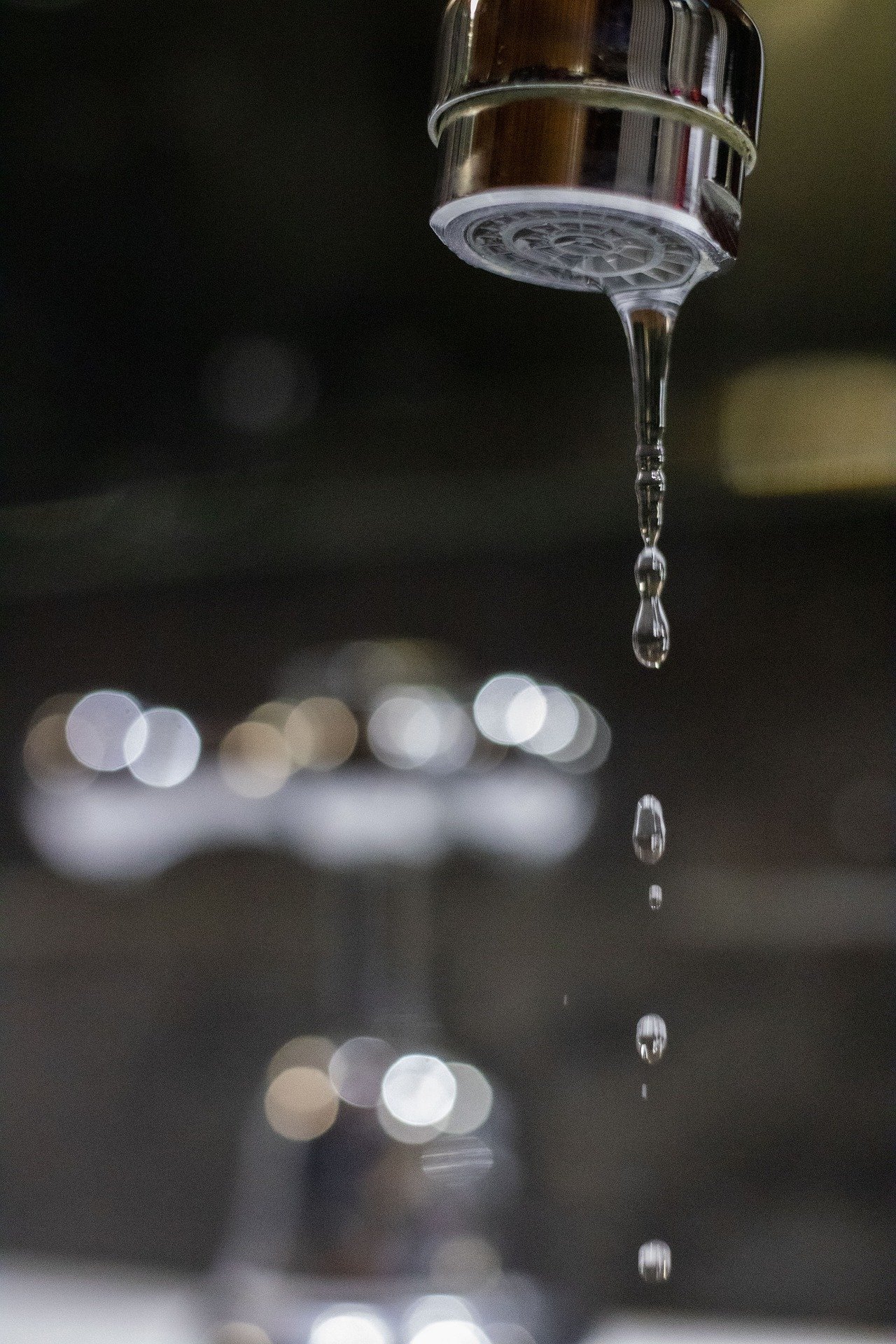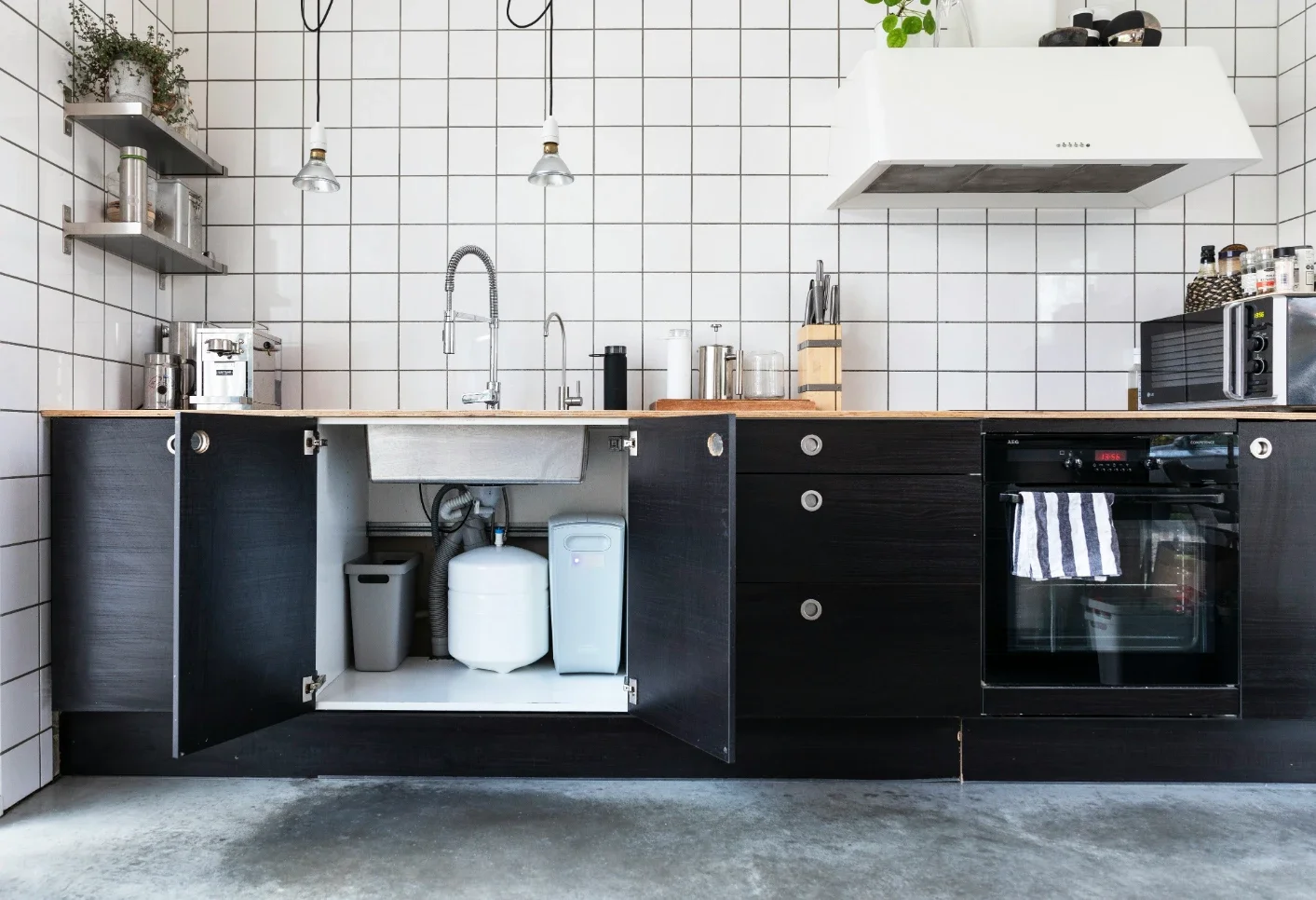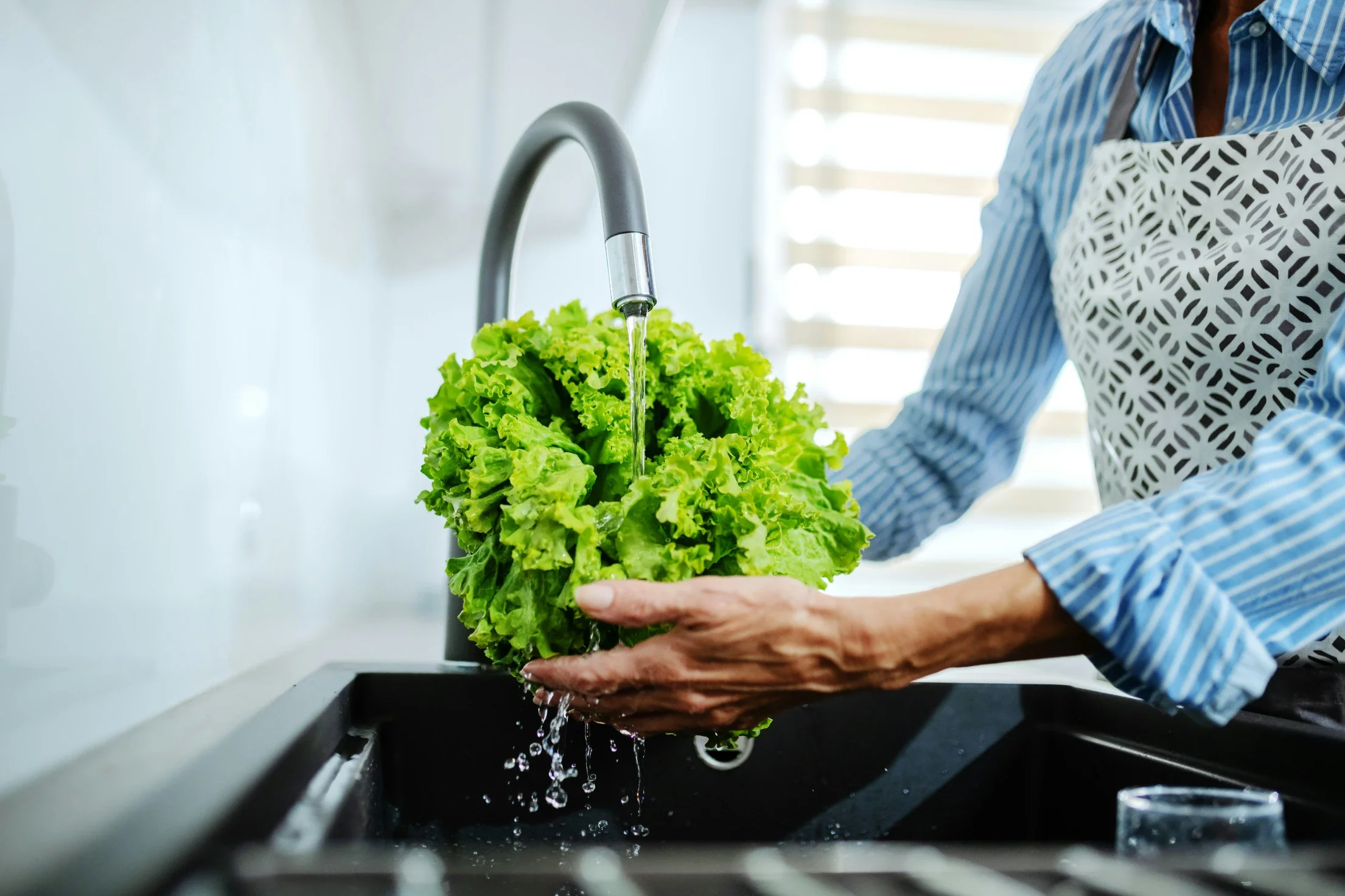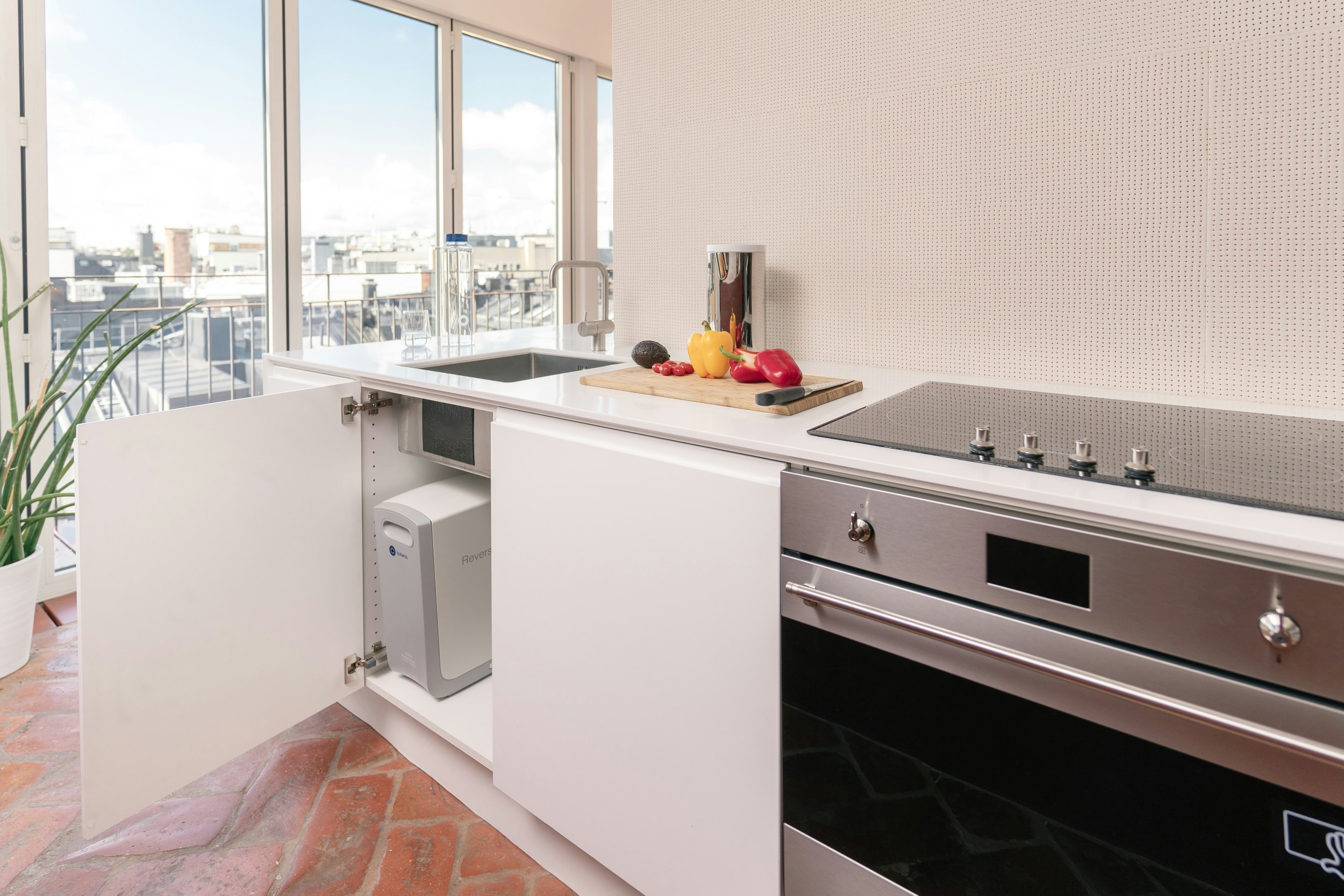How Arlington, TX Homeowners Can Spot Early Signs of Water Damage
Learn how Arlington, TX homeowners can spot early signs of water damage to protect their homes and prevent costly repairs.
As a homeowner in Arlington, Texas, protecting your property from water damage is crucial. The Metroplex's unpredictable weather patterns, ranging from scorching summers to occasional heavy rains, can put your home at risk. Detecting water damage early can save you thousands of dollars in repairs and prevent long-term structural issues. In this guide, we'll explore how Arlington homeowners can identify the early signs of water damage and take prompt action.
Why Early Detection Matters
Water damage can be sneaky. What starts as a small leak or minor seepage can quickly escalate into a major problem if left unchecked. By the time obvious signs like large water stains or mold growth appear, the damage may already be extensive. Early detection allows you to address issues promptly, potentially saving you from costly repairs and protecting your home's value.
Common Causes of Water Damage in Arlington Homes
Before diving into the signs, it's important to understand the common causes of water damage in Arlington:
Plumbing issues (leaky pipes, burst pipes)
Roof leaks
Foundation cracks
Malfunctioning appliances (washing machines, dishwashers, water heaters)
HVAC system problems
Severe weather events (heavy rains, storms)
Poor drainage around the property
Knowing these potential sources can help you be more vigilant in your inspections.
Early Signs of Water Damage
1. Unusual Odors
One of the earliest signs of water damage is often a musty, damp smell. This odor is typically more noticeable in enclosed spaces like basements or crawl spaces. If you notice a persistent musty smell, especially in areas prone to moisture, it's time to investigate further.
2. Peeling or Bubbling Paint
Paint that's peeling, bubbling, or flaking off walls or ceilings is a clear indicator of moisture problems. Water can seep behind paint, causing it to lose adhesion. In some cases, you might even notice a change in texture, with the wall feeling soft or spongey to the touch.
3. Discoloration on Walls or Ceilings
Water stains often appear as yellowish or brownish spots on walls or ceilings. These stains might start small but can grow over time if the water source isn't addressed. Pay special attention to corners, areas around windows, and spots beneath bathrooms or kitchens.
4. Warping or Buckling of Flooring
Wooden floors are particularly susceptible to water damage. Look for any signs of warping, buckling, or cupping in your hardwood floors. In carpeted areas, be alert for damp spots, musty smells, or carpeting that feels spongy underfoot.
5. Unexplained Increase in Water Bills
A sudden spike in your water bill without a corresponding increase in usage could indicate a hidden leak. Keep an eye on your monthly bills and investigate any unexplained increases.
6. Mold Growth
While visible mold often indicates advanced water damage, early mold growth can sometimes be spotted in its initial stages. Look for small dark spots on walls, ceilings, or in corners, especially in bathrooms, kitchens, and basements.
7. Condensation on Windows or Pipes
Excessive condensation on windows or pipes can indicate high humidity levels in your home, which can lead to water damage over time. This is especially common in Arlington during the humid summer months.
8. Rust Stains
Rust stains on appliances, especially around water connections, can indicate ongoing water issues. Also, check for rust on exposed metal pipes or fixtures.
9. Cracks in the Foundation
While small cracks in a home's foundation are common, larger cracks or ones that appear suddenly could indicate water damage. Water can seep through these cracks, potentially causing more severe structural issues.
10. Sagging Ceilings or Walls
A sagging ceiling or wall is a serious sign of water damage. This occurs when water accumulates above the ceiling or behind the wall, causing the material to lose its structural integrity.
Areas to Pay Special Attention To
Some areas of your Arlington home are more prone to water damage than others. Pay extra attention to:
Basements and crawl spaces
Attics and roof areas
Areas around windows and doors
Bathrooms and kitchens
Laundry rooms
Areas around HVAC units
Exterior walls, especially those facing the direction of prevailing winds during storms
How to Conduct Regular Inspections
To catch water damage early, establish a routine for home inspections:
Monthly visual inspections of high-risk areas
Quarterly thorough checks of the entire house, including less-accessed spaces
Seasonal inspections focusing on weather-related risks (e.g., checking gutters before rainy seasons)
Annual professional inspections of major systems (plumbing, HVAC, roof)
Tools That Can Help
Several tools can aid in early detection:
Moisture meters: These devices can detect moisture in walls, floors, and other surfaces before visible signs appear.
Infrared cameras: These can reveal temperature differences that might indicate the presence of water.
Water leak detectors: Place these near appliances or in basements to alert you to leaks early.
When to Call a Professional
While many signs of water damage can be spotted by homeowners, some situations require professional attention. If you're unsure about the extent of the damage or if you've found signs of significant water intrusion, it's time to search for "water damage restoration near me" to find a reputable professional in Arlington.
Consider calling a professional if:
You notice multiple signs of water damage
The source of water isn't immediately apparent
There's a possibility of contaminated water (e.g., sewage backup)
You suspect the damage is extensive or has been ongoing for some time
You see signs of mold growth larger than 10 square feet
Preventive Measures
While early detection is crucial, prevention is even better. Here are some steps Arlington homeowners can take to prevent water damage:
Regular maintenance of gutters and downspouts
Proper landscaping to ensure water drains away from the foundation
Regular inspections and maintenance of appliances and plumbing
Installing a sump pump in flood-prone basements
Maintaining proper ventilation, especially in attics and crawl spaces
Regularly checking and maintaining your home's exterior, including the roof and siding
As an Arlington homeowner, being proactive about water damage can save you significant time, money, and stress. By familiarizing yourself with these early signs and conducting regular inspections, you can catch potential issues before they become major problems. Remember, when in doubt, don't hesitate to consult with a professional. Your home is one of your most valuable assets, and protecting it from water damage is an essential part of homeownership in Arlington, TX.










